Dining tables are the centerpiece of every dining room. It’s no exaggeration to say that a dining table can make or break your dining room’s interior design. As such it’s important to get the table that best fits your needs, but also complements your home’s interior aesthetic. Alas, with so many shapes, sizes, colors, and materials for dining tables, it can be challenging to figure out which dining table is going to be the best for you.
After all, a dining table needs to be functional but also beautiful. To figure out which table best fits your needs we’ll need to delve into some important details that should be considered when shopping for a new dining table. Namely, we need to discuss the dimensions of dining tables, the pros, and cons of various materials, as well as how the table’s shape and legs will fit in your dining room space.
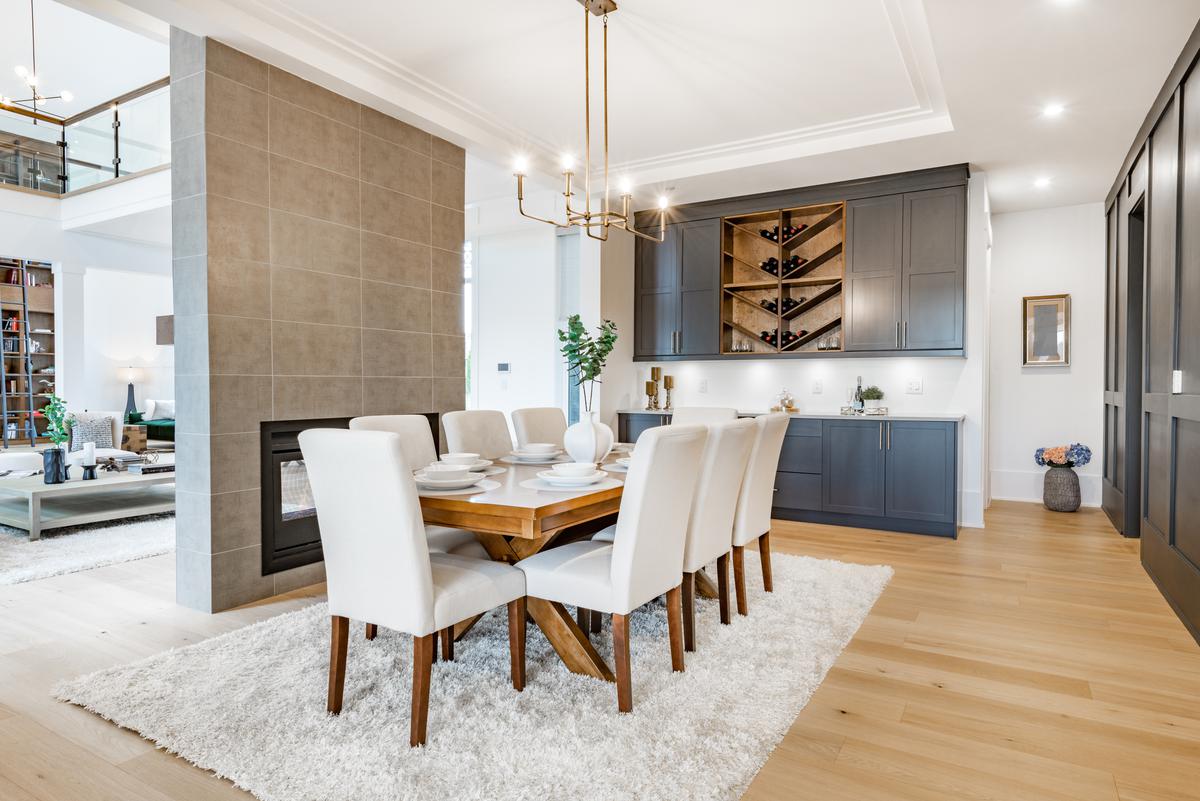
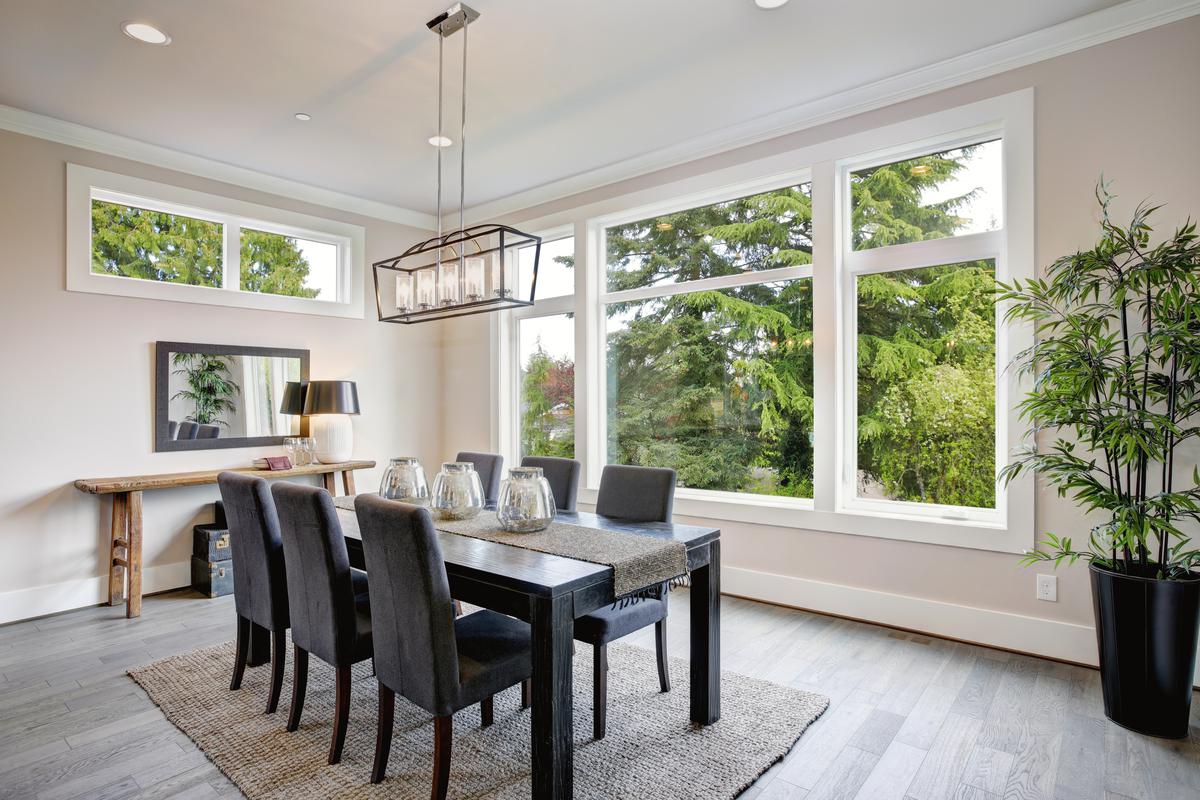
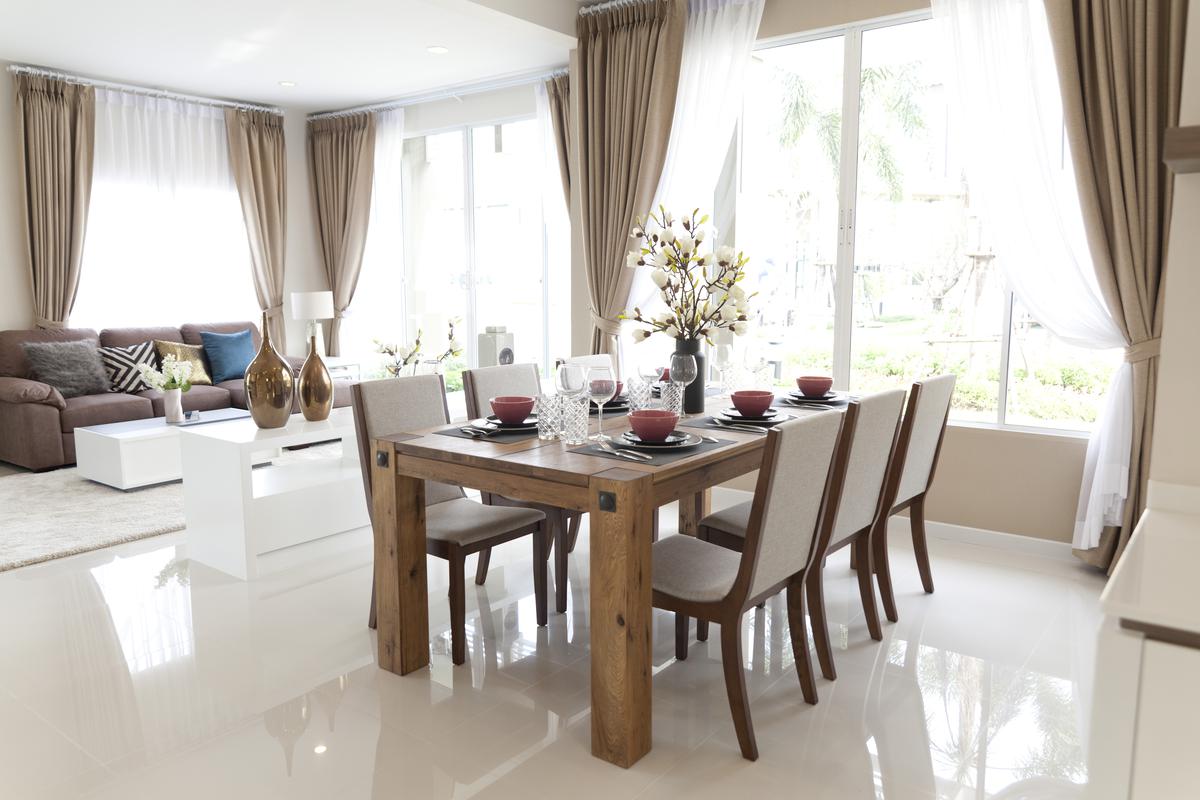
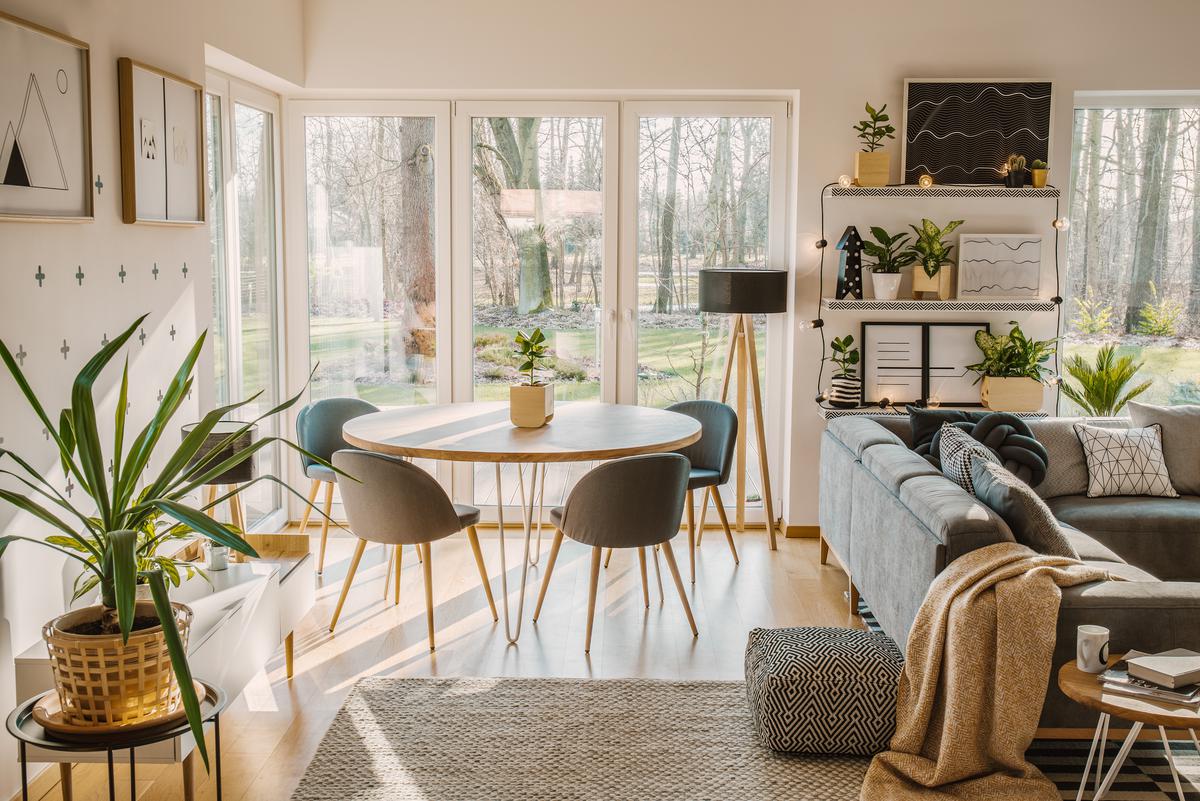


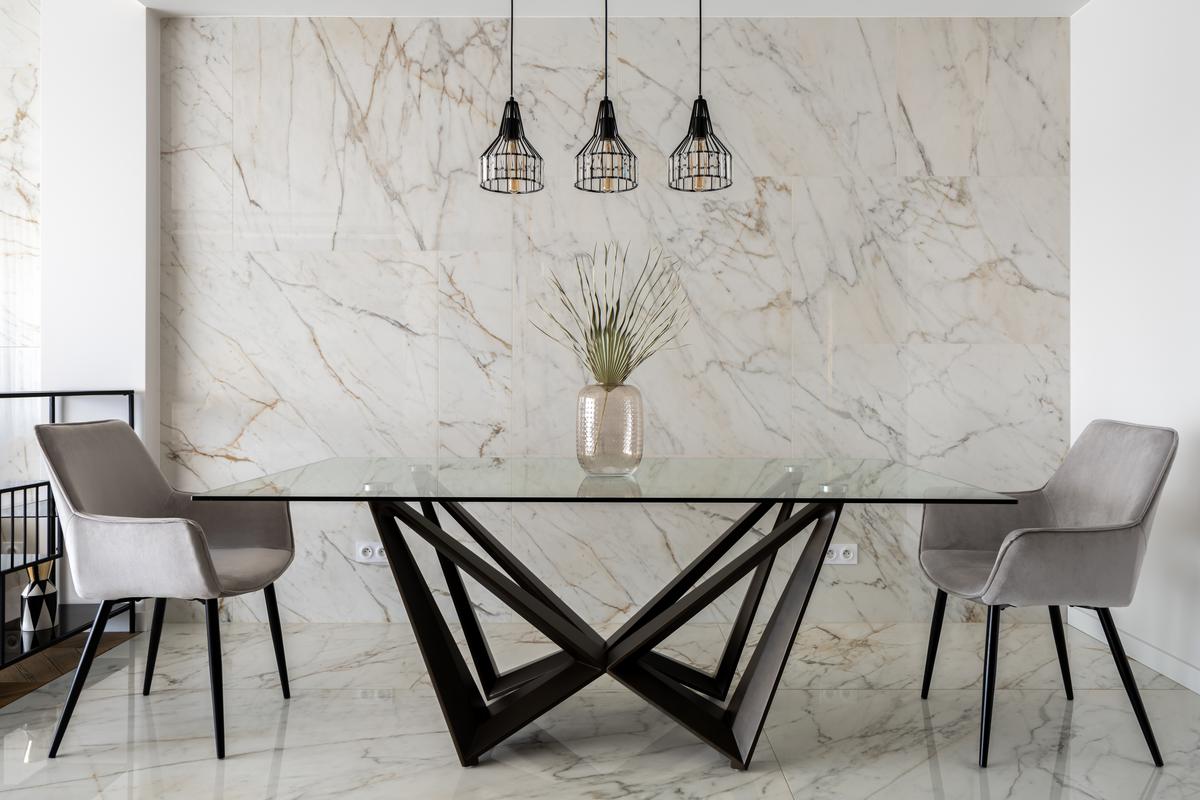
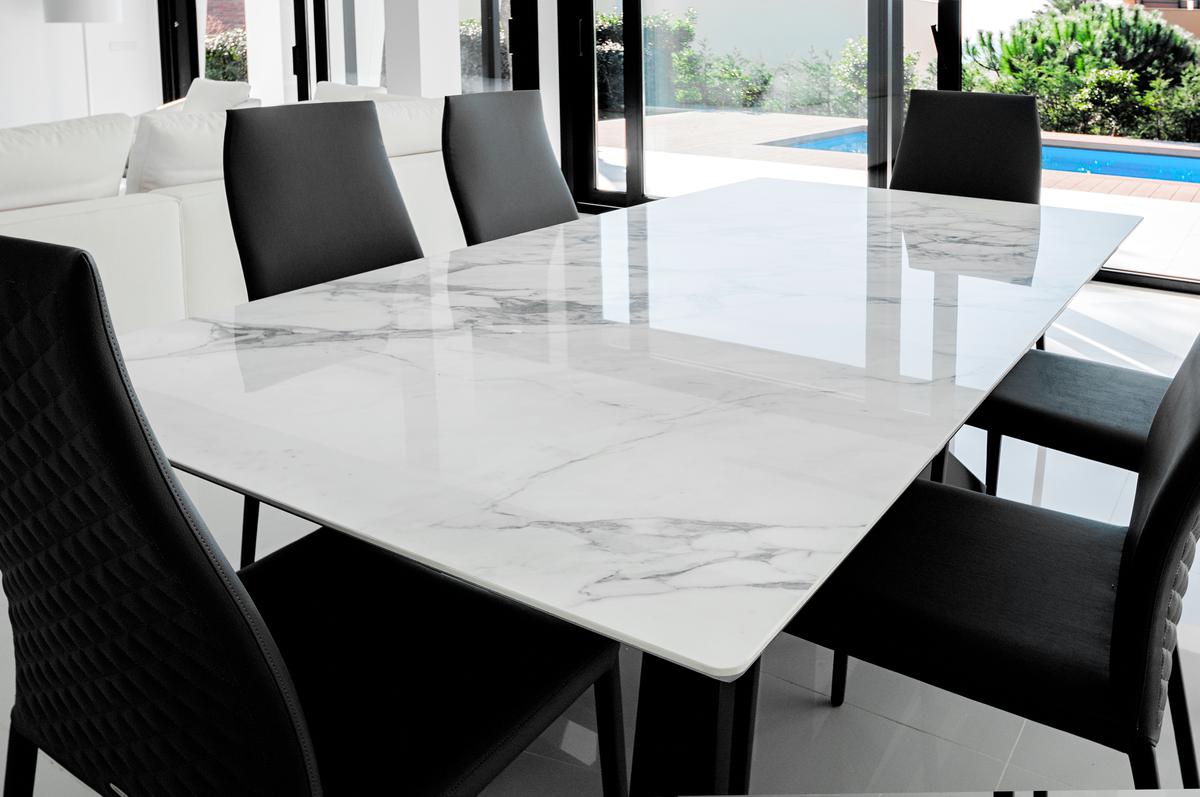
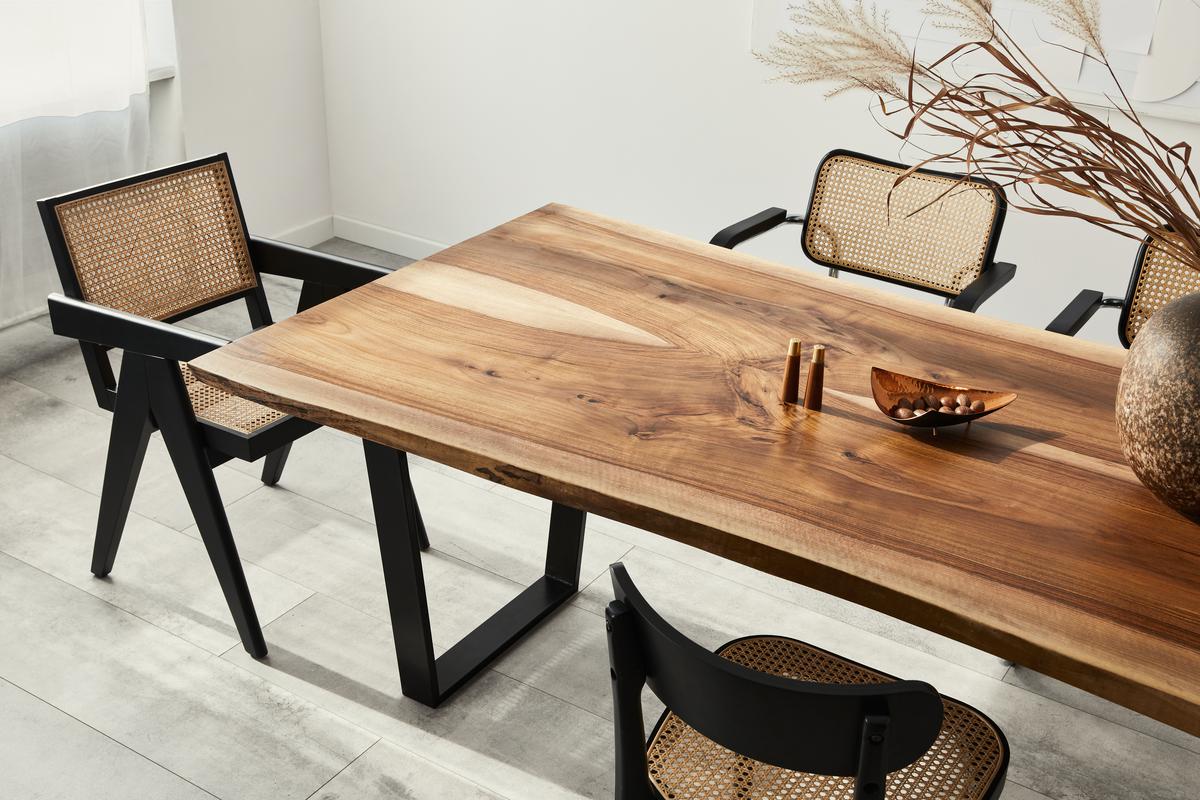

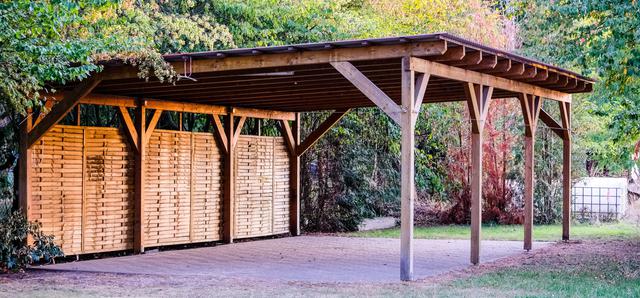
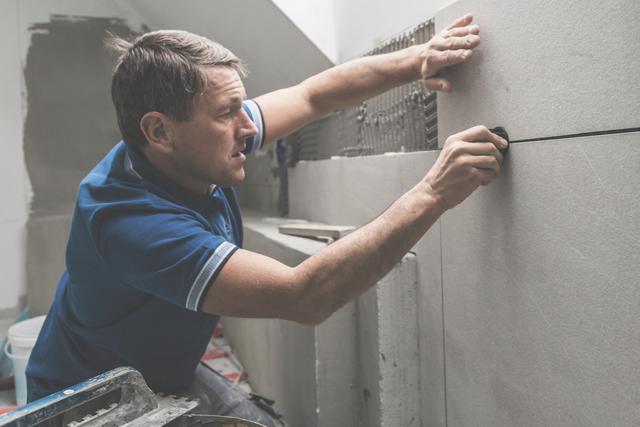
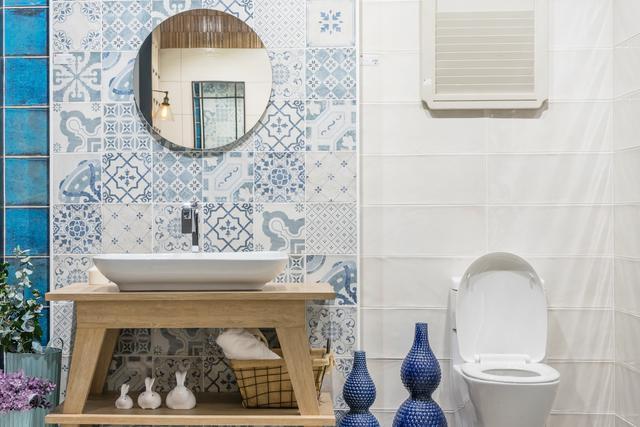
comments